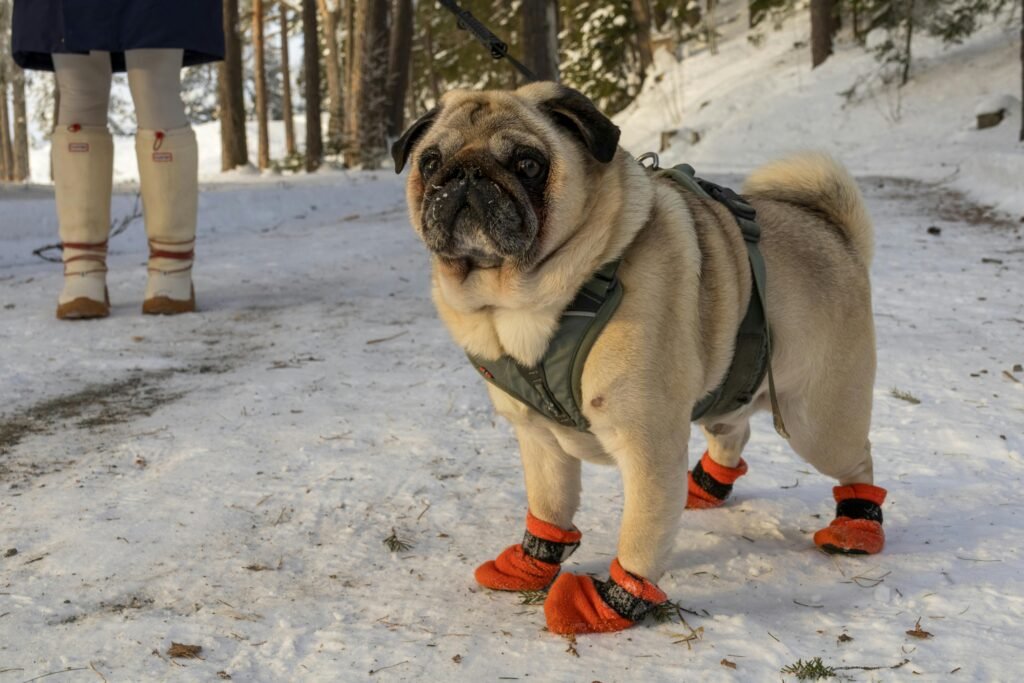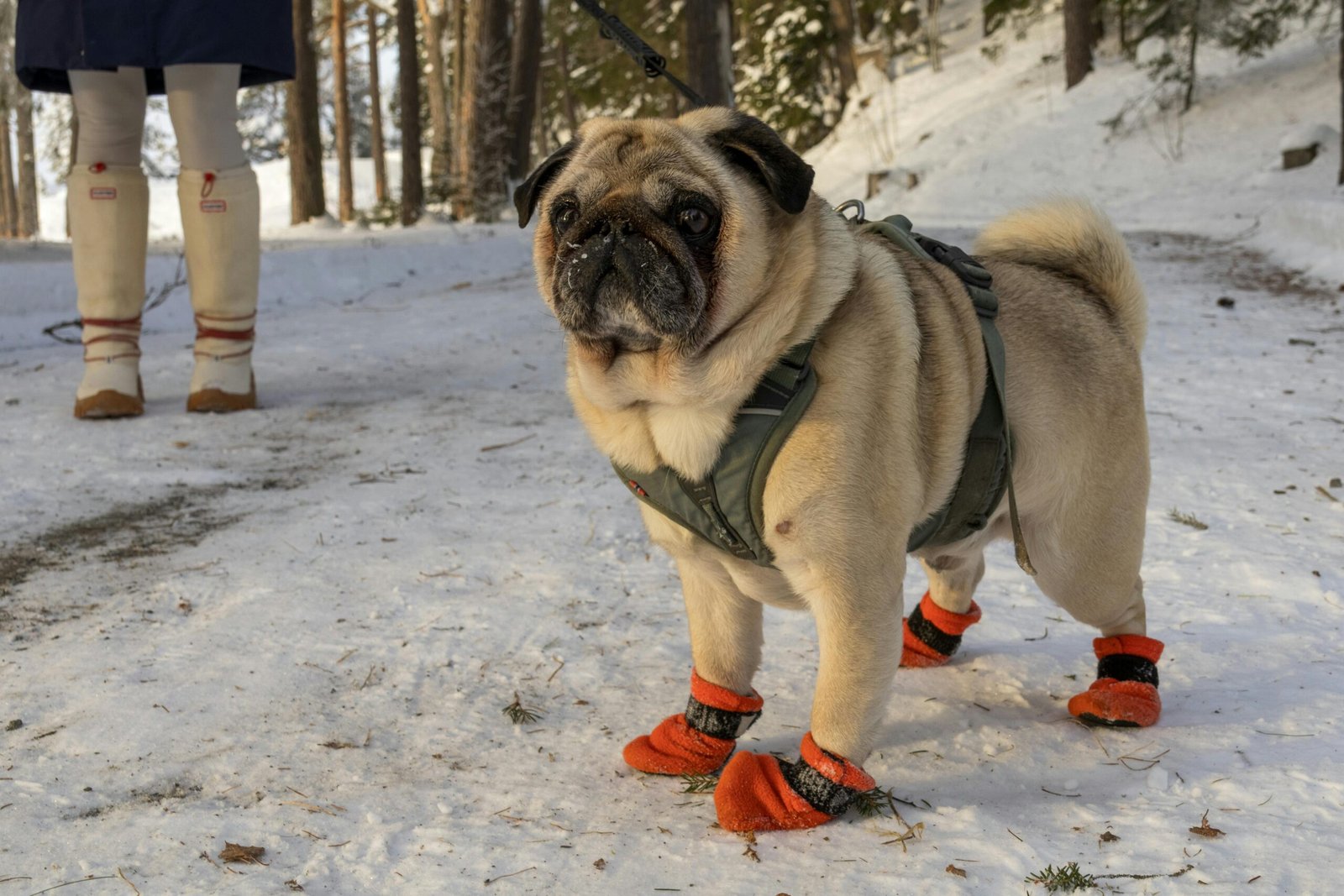Are you a proud dog owner who wants to provide the best living environment for your furry friend? If so, then you already know that picking the perfect dog crate is key to their comfort and well-being. But with so many options available, how do you know which size is the right one? In this article, we will explore why size matters when it comes to dog crates and provide you with the essential tips to ensure you make the best choice for your canine companion. So let’s get started on this important journey towards finding the perfect crate for your beloved pet.
Understanding the Importance of Size
1.1 Creating a Comfortable Space
When it comes to choosing a dog crate, size matters. It plays a crucial role in creating a comfortable space for your furry friend. Just like humans, dogs need their own personal space where they can retreat and feel safe. A properly sized crate provides them with a cozy spot that they can call their own.
1.2 Promoting Safety and Security
In addition to comfort, the size of a dog crate also plays a vital role in promoting safety and security. Dogs instinctively seek out small, enclosed spaces when they feel anxious or threatened. By providing them with a crate that is appropriately sized, you create a safe haven where they can seek refuge during stressful situations.
Factors to Consider When Choosing a Dog Crate Size
2.1 Breed Size
One of the primary factors to consider when choosing a dog crate size is the size of your dog’s breed. Different breeds come in various sizes, ranging from small to extra-large. Research your dog’s breed to determine the average size range they fall into. This will give you a starting point when selecting a crate size.
2.2 Adult Size
It’s essential to keep in mind that puppies grow quickly. If you’re getting a crate for a puppy, you need to consider their anticipated adult size. While it may be tempting to choose a smaller crate initially, this can lead to the need for frequent crate upgrades as your puppy grows. Opting for a crate that accommodates their expected adult size will save you time and money in the long run.
2.3 Weight
Weight is another crucial factor in determining the right crate size. Pay attention to the weight guidelines provided by crate manufacturers. Choosing a crate that can comfortably support your dog’s weight ensures their safety and prevents any potential damage to the crate.
2.4 Height
When measuring your dog for a crate, always consider their height. Dogs should be able to stand comfortably inside the crate without their heads touching the ceiling. A crate that is too short will be uncomfortable for your dog and may cause them to slouch or hunch over.
2.5 Length
The length of the crate is equally important. Dogs should be able to lie down comfortably inside the crate, from their nose to their tail, without feeling cramped or compressed. A crate that is too short will restrict their ability to stretch out fully, leading to discomfort and restlessness.

This image is property of images.pexels.com.
2.6 Space for Movement
In addition to standing and lying down comfortably, dogs should also have enough room to turn around in the crate. Adequate space for movement allows them to change positions and find their most comfortable spot. Avoid crates that are too constrictive, as they can cause anxiety and restlessness in your dog.
Different Types of Dog Crates
3.1 Wire Crates
Wire crates are one of the most popular types of dog crates and are often the go-to choice for many dog owners. These crates are made of metal wires that allow for excellent ventilation and visibility. They’re lightweight, portable, and easy to clean. When choosing a wire crate, ensure proper sizing to provide your furry friend with a comfortable and secure space.
3.2 Plastic Crates
Plastic crates are another option to consider when selecting a dog crate. These crates provide a more enclosed and den-like environment for your dog. They are often preferred for air travel, as they provide security and meet airline regulations. When choosing a plastic crate, ensure it has proper ventilation and is large enough for your dog to stand, turn, and lie down comfortably.
3.3 Soft-sided Crates
Soft-sided crates are a great option for dogs that are already crate trained and well-behaved. These crates are lightweight and foldable, making them perfect for travel or camping trips. Soft-sided crates are less secure than wire or plastic crates and may not be suitable for dogs that are prone to chewing or scratching. Ensure that the soft-sided crate you choose is the appropriate size for your dog, providing enough room for comfort and movement.
Sizing Guidelines for Popular Dog Breeds
4.1 Small Breeds
Small breeds, such as Chihuahuas and Yorkshire Terriers, generally require smaller crates. A crate with dimensions around 24 inches long, 18 inches wide, and 20 inches tall is usually sufficient for small breeds. However, always refer to specific guidelines for your dog’s breed to ensure proper sizing.
4.2 Medium Breeds
Medium breeds, like Beagles and Border Collies, require slightly larger crates. A crate with dimensions around 30 inches long, 20 inches wide, and 24 inches tall is typically suitable for medium-sized dogs. Again, consult breed-specific guidelines to determine the best size for your particular dog.
4.3 Large Breeds
Large breeds, such as Labrador Retrievers and Boxers, need more spacious crates to accommodate their size. A crate with dimensions around 36 inches long, 24 inches wide, and 30 inches tall is generally suitable for large dogs. However, keep in mind that each dog is unique, so consult breed-specific guidelines and consider your dog’s individual needs.

This image is property of images.pexels.com.
4.4 Extra-Large Breeds
Extra-large breeds, like Great Danes and Saint Bernards, require crates designed specifically for their size. A crate with dimensions around 48 inches long, 30 inches wide, and 36 inches tall is typically suitable for extra-large dogs. As always, consult breed-specific guidelines to ensure proper sizing for your dog.
How to Measure Your Dog for a Crate
5.1 Height Measurement
To measure your dog’s height for a crate, have them stand on all fours. Measure from the floor to the top of their shoulders or the highest point on their back, depending on the proportions of your dog.
5.2 Length Measurement
For the length measurement, have your dog stand straight and measure from the tip of their nose to the base of their tail. Ensure that the measuring tape follows the curve of their back.
5.3 Weight Measurement
Weigh your dog using a scale to get an accurate measurement. This information is crucial for selecting a crate that can safely support their weight.
Key Considerations for a Properly Sized Dog Crate
6.1 Enough Room to Stand, Turn, and Lie Down
One of the key considerations when selecting a crate size is ensuring that it provides enough room for your dog to stand, turn, and lie down comfortably. A crate that is too small will cause discomfort and restriction, while a crate that is too large may not provide the feelings of security and coziness that dogs seek.
6.2 Avoiding Excessive Space
While it’s important to provide enough room for your dog’s comfort, it’s equally crucial to avoid excessive space. Dogs instinctively seek out small enclosed spaces that mimic dens in the wild. Crates that are too large may not offer the same sense of coziness and security that a properly sized crate provides.
6.3 Considering Potential Growth
If you’re getting a crate for a puppy, it’s essential to consider their potential growth. Puppies grow rapidly, and selecting a crate that accommodates their expected adult size will save you from having to replace the crate as they grow. Opt for a crate that includes dividers or adjustable panels, allowing you to gradually expand the space as your puppy grows.

This image is property of images.pexels.com.
6.4 Special Requirements for Puppies and Senior Dogs
Puppies and senior dogs may have special requirements when it comes to crate sizing. Puppies may need smaller crates initially to prevent accidents or separation anxiety. As they grow, gradually increase the crate size to accommodate them. Senior dogs may benefit from slightly larger crates to provide extra comfort and allow for easy movement.
Choosing the Best Dog Crate Size for Travel
7.1 Airline Travel Regulations
If you plan on traveling with your dog by air, it is essential to familiarize yourself with airline regulations regarding crate sizes for traveling. Different airlines may have specific requirements for crate dimensions, ventilation, and security. Ensure that the crate you choose meets the airline’s guidelines to ensure a stress-free travel experience for both you and your furry friend.
7.2 Car Travel
When traveling by car, it’s crucial to choose a crate size that fits securely in your vehicle. The crate should be large enough for your dog to move comfortably but small enough to prevent shifting or sliding during the journey. Ensure that the crate is properly secured using seat belts or other restraints to promote safety.
Common Mistakes to Avoid When Selecting a Crate Size
8.1 Choosing a Crate Too Small
One common mistake is choosing a dog crate that is too small. This can lead to discomfort, anxiety, and even physical injury for your dog. Always ensure that the crate provides enough room for your dog to stand, turn, lie down, and stretch comfortably.
8.2 Opting for a Crate Too Large
On the other hand, selecting a crate that is too large can have its drawbacks. Dogs may feel overwhelmed in an excessively large crate, as it lacks the cozy and secure feeling that a properly sized crate provides. Avoid giving your dog too much space, as it may hinder their sense of safety and security.
8.3 Ignoring Specific Breed Needs
Every dog breed has specific needs when it comes to crate sizing. Ignoring these breed-specific needs can result in discomfort, anxiety, and other behavioral issues. Research your dog’s breed to understand their individual requirements and select a crate size that meets those needs.
Recommendations for Crate Training Success
9.1 Gradual Introduction
When introducing your dog to a new crate, it’s essential to take a gradual approach. Start by leaving the crate open and allowing your dog to explore it at their own pace. Gradually encourage them to enter the crate by placing treats and toys inside. Associate positive experiences with the crate to create a sense of comfort and security.
9.2 Positive Reinforcement
Positive reinforcement is a key component of successful crate training. Reward your dog with treats, praise, and attention for entering and staying in the crate. This positive association will help them view the crate as a positive and enjoyable space.
9.3 Patience and Consistency
Crate training takes time and patience. It’s important to maintain consistency in your approach and not rush the process. Avoid using the crate as a form of punishment, as this can create negative associations. Instead, focus on creating a positive and comfortable environment that your dog willingly enters and enjoys.
Additional Accessories for Crate Comfort
10.1 Bedding
Adding bedding to your dog’s crate enhances their comfort and provides a soft surface for them to rest on. Whether it’s a cozy blanket or a comfortable dog bed, choose bedding that is suitable for your dog’s size and provides adequate support.
10.2 Toys
Toys can help keep your dog entertained and alleviate boredom while in the crate. Choose safe and durable toys that are appropriate for your dog’s size and breed. Interactive toys and puzzle toys can provide mental stimulation and keep your dog occupied.
10.3 Crate Covers
Crate covers can create a den-like environment and provide an extra layer of security for your dog. Covers help create a cozy and secluded space that mimics the natural instincts of dogs. Ensure that the cover allows for proper ventilation and doesn’t hinder airflow.
In conclusion, choosing the right size dog crate is essential for creating a comfortable, safe, and secure space for your furry friend. Consider factors such as breed size, adult size, weight, height, length, and space for movement when selecting a crate size. Understanding the different types of dog crates, proper measuring techniques, and key considerations will help you make an informed decision. Avoid common mistakes, follow crate training recommendations, and consider additional accessories to enhance crate comfort. By choosing the perfect dog crate size, you are setting your canine companion up for a positive and enjoyable crate experience.
